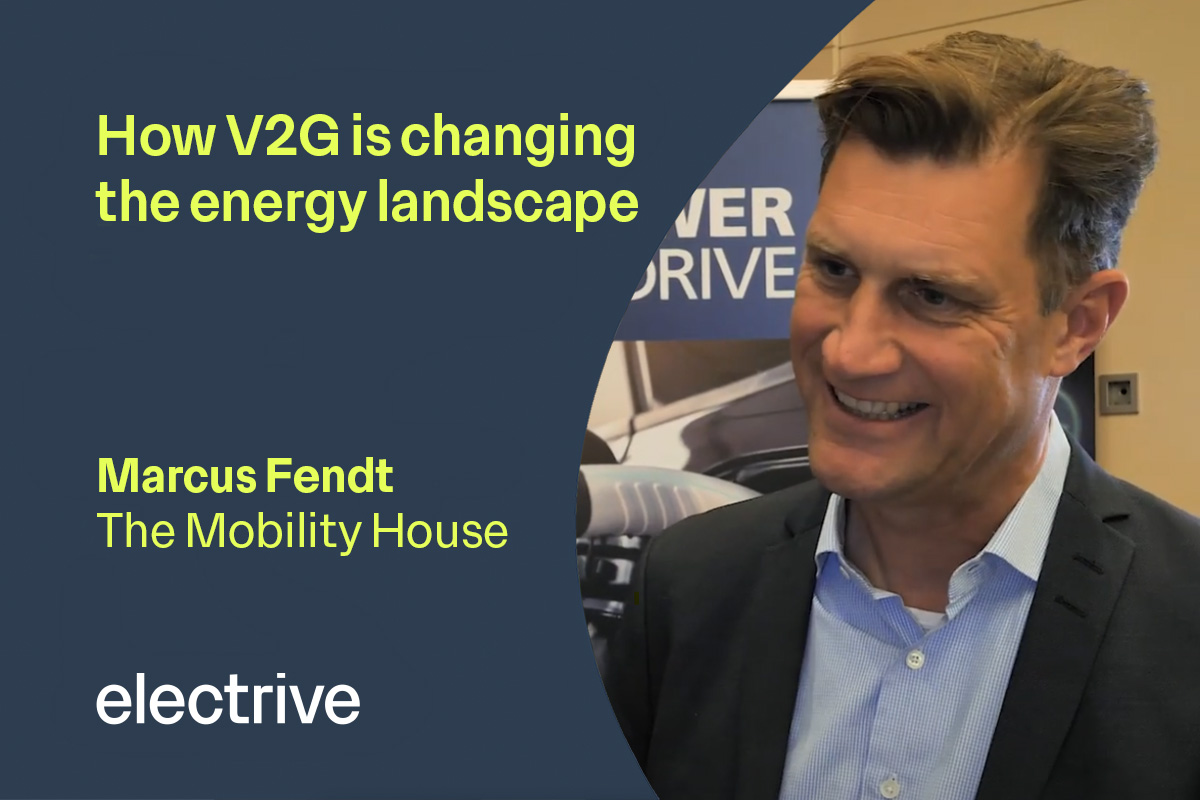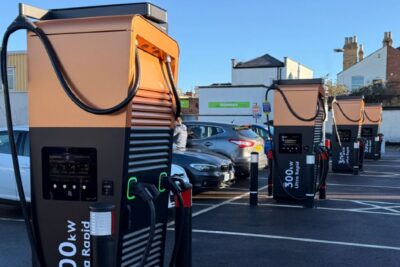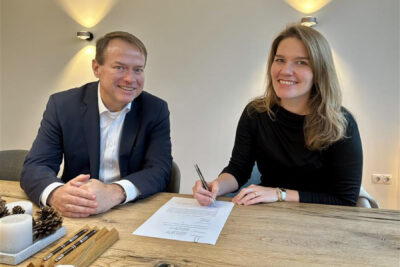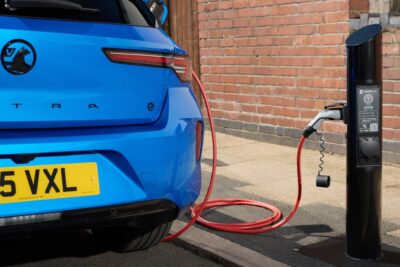Marcus Fendt from The Mobility House: How V2G is changing the energy landscape
After 15 years of development, V2G is now operational with a production vehicle and a real-world energy tariff. “The key innovation is we are live,” Fendt says. In France, customers can already earn around 10 cents per hour while plugged in, making bidirectional charging an attractive option. However, Germany lags behind due to regulatory hurdles, putting it roughly 18 months behind France.
The Mobility House is actively working to expand V2G beyond France. The UK is next in line, followed by Germany once regulatory frameworks are in place. The United States is also in focus, with Texas and California offering promising opportunities. “We are looking at Japan,” Fendt adds, citing recent policy changes that could drive V2G adoption there.
Countries with deregulated energy markets and advanced smart metering infrastructure are best positioned for success. The Netherlands, Denmark, and parts of Scandinavia show potential, but Norway and Sweden, with their strong reliance on hydropower, may have less demand for flexibility services.
AC and DC bidirectional charging will continue to coexist, but AC may prove more cost-effective in the long run. “Just by the pure principles, AC should be better… because you can drive the cost further down for the customers,” Fendt explains.
The Role of Fleets and Smart Charging
Fendt emphasises that V2G is just one piece of the puzzle. Vehicle-to-home (V1G) smart charging is already gaining traction, particularly among fleet operators. “A bus in a depot consumes around 100 megawatt hours a year,” he explains, meaning operators can significantly reduce operating costs by optimising charging times.
In Germany, a new regulation under Paragraph 14 allows customers to save up to €400 per year simply by charging when electricity is cheapest. “This becomes now kind of a standard product,” says Fendt, as both private and commercial users begin to see the financial benefits.
The need for bidirectional charging is growing in response to global energy trends. China, for example, has reached peak oil demand thanks to a massive surge in EV adoption, with 50% of new vehicle registrations now electric. “More renewables means more flexibility in a system, means more storage,” Fendt says.
EV batteries, which spend most of the day idle, are a cost-effective solution for balancing renewable energy supply. “The cheapest storage is the storage in a car, because it’s sitting there 23 hours,” Fendt notes. He predicts that as stationary battery storage infrastructure grows, knowledge gained from these systems will further accelerate the integration of EV batteries into energy markets.
Scaling Up V2G
By 2026, Fendt expects every new EV to be bidirectionally capable. “Now it’s on us to be the leading provider and realise it,” he says. With The Mobility House’s technology stack, which integrates vehicles with energy markets, the company is poised to scale up.
While challenges remain, Fendt is confident in the technology’s future: “We are in a delivery mode. Is everything perfect? No, but we work hard on it. It gets better day by day.”
For those eager to explore the potential of bidirectional charging, The Smarter E will feature a Special Exhibit Bidirectional Charging from May 7–9, 2025, in Munich. The exhibit will be located in Hall C6, Booth C6.450, next to the Power2Drive Forum.





0 Comments